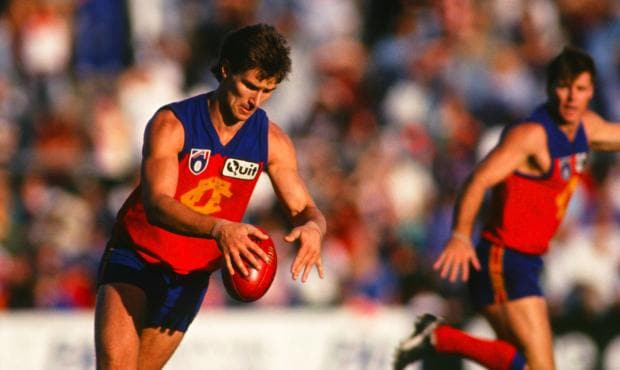HAWTHORN shocked the football world last week by trading Sam Mitchell to West Coast for virtually nothing. Not only was Mitchell a champion of the club, but he was also the reigning club champion.
However, it's not the first time a best-and-fairest winner has found himself with a new side just months later. Here's a look at some of the most recent players to win a club championship before joining a new team the following season.
Patrick Dangerfield
Move: Adelaide to Geelong, 2015
Going out on a high
Dangerfield was already one of the game's biggest stars when he finally claimed his maiden Malcolm Blight Medal at Adelaide, just days after announcing he would become a Cat. No one could accuse him of leaving anything in the tank as he averaged almost 27 disposals per game to help the Crows to the second week of finals despite the traumatic loss of coach Phil Walsh during the season.
How the move turned out
It has been only one season, but the early signs are positive. In a year that saw Nat Fyfe and Gary Ablett miss much of the year through injury, Dangerfield established himself as the best player in the competition, tallying a record number of votes to win the Brownlow Medal. The Cats won through to a preliminary final and although they were soundly beaten by the Sydney Swans, Dangerfield was among his side's best that night. He would cap 2016 off with the 'Carji' Greeves Medal.
Dangerfield was a star at the Crows, and even better at the Cats. Picture: AFL Photos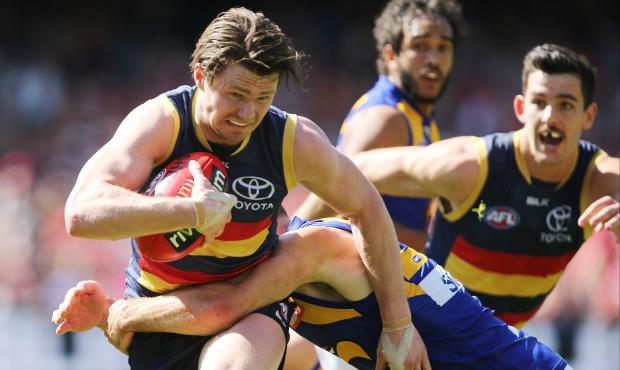
Michael Rischitelli
Move: Brisbane Lions to Gold Coast, 2010
A bitter ending
Rischitelli had shown promising signs as a hard, inside midfielder in his younger days. At the end of 2009, coach Michael Voss wanted Rischitelli to be traded out so the Lions could bring star full-forward Brendan Fevola in. However, Rischitelli wanted no part of the move. He stayed with the Lions for one more year and had the best season of his career to that point, before going to the Suns as an uncontracted player as part of the allowances the expansion side was afforded.
How the move turned out
Rischitelli was able to put together another strong year in 2011, despite being part of a young team that won only three games. Injuries would eventually strike though, and it looked at one stage as if the tough nut would be forced out of the competition. The Suns gave him one more chance though, and he rewarded the club by returning to somewhere close to his best form in 2015.
Rischitelli delivered his best season at the Lions before departing. Picture: AFL Photos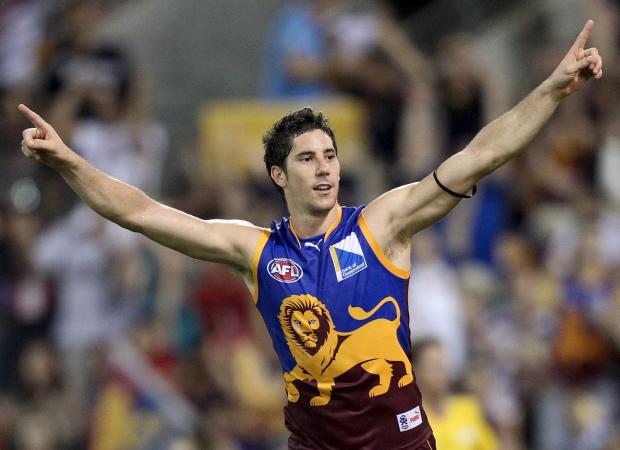
Peter Bell
Move: North Melbourne to Fremantle, 2000
The prodigal son returns
Bell spent much of his childhood in Western Australia and was part of Fremantle's inaugural squad for its 1995 debut season. He was cut after one year, though, and acquired by North Melbourne in the pre-season draft. There he became a star, and helped the Roos win flags in 1996 and '99. The Dockers wanted him back at the end of 2000, giving up Jess Sinclair and No. 6, 8 and 37 in the 2000 draft.
How the move turned out
He captained the club for five years and was inducted into the Australian Football Hall of Fame in 2015, such was his reputation. The Dockers won just two games in Bell's first season back at the club but he would lead them to their first finals series in 2003, and was also part of the side that made a preliminary final in 2006.
At North, Bell showed the Dockers just what they'd lost. Picture: AFL Photos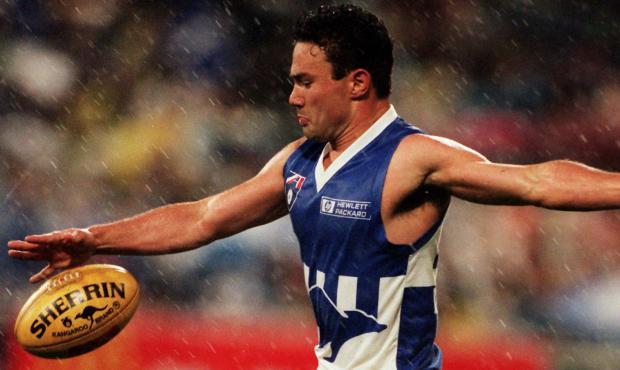
Martin Pike
Move: Fitzroy to North Melbourne, 1996
Brisbane Lions say no, at first
After starting at Melbourne, Pike went to Fitzroy for the 1995 season and blossomed in 1996, the Roys' final year in the competition, to win the best and fairest. However, a reputation as a player who misbehaved off the field meant Pike wasn't one of the eight players absorbed from Fitzroy's team into the newly minted Brisbane Lions. Instead, he would go to the Roos in the 1996 draft, at No. 42.
How the move turned out
Pike performed reasonably well in his first year with the reigning premiers. He played largely off half-back and through the wings, and was rewarded in 1998 with selection in South Australia's State of Origin squad. He won his first premiership in 1999 before being delisted at the end of 2000, when he was picked up by the Lions. Pike went on to play an important role in the merged entity's three successive flags from 2001-03, before retiring in 2005.
Pike's talent was undeniable, earning him four premierships. Picture: AFL Photos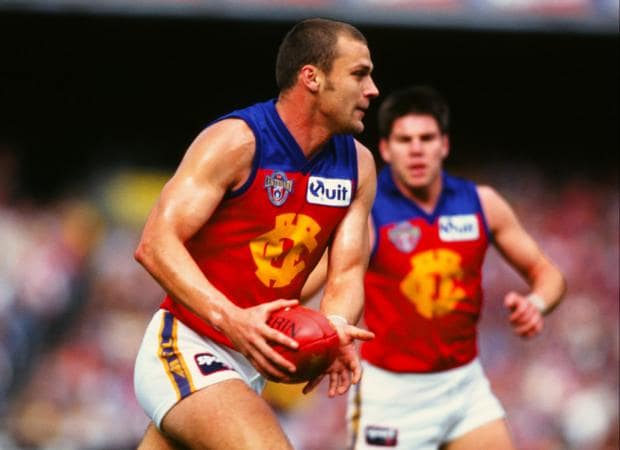
Darren Jarman
Move: Hawthorn to Adelaide, 1995
Star heads back home
Jarman was an absolute gun before he came to the VFL. The younger brother of Andrew, he established a fine reputation with North Adelaide in the SANFL before the Hawks succeeded where Melbourne and the Brisbane Bears had failed by convincing him to move to Victoria. His first season in the national competition saw Hawthorn win the 1991 premiership. He would continue to excel before requesting a trade back home, which was achieved in perhaps the most mutually beneficial three-way deal history, involving Essendon's Paul Salmon and Adelaide's Sean Wellman.
How the move turned out
Jarman would win another two flags, as the Malcolm Blight-led Adelaide went back-to-back in 1997 and 1998. His brilliance was on display in the '97 Grand Final, kicking six goals (including five in the last quarter) to break St Kilda hearts. Jarman would be named in a forward pocket in Adelaide's Team of the Decade.
Jarman remains one of the best kicks the game has seen. Picture: AFL Photos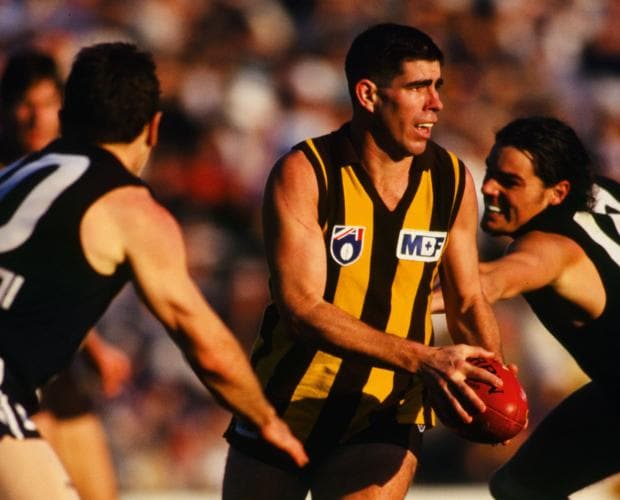
Paul Roos
Move: Fitzroy to Sydney Swans, 1994
A veteran departs
Roos was a champion at the Lions. At the age of 31, he could see Fitzroy was falling apart. Players were leaving and the club was facing financial difficulties. It was a big move for the captain of the club to leave but the great Ron Barassi was coaching the Swans at the time and that factor, along with the Lions' continued misfortune, proved to be too big a lure.
How the move turned out
Despite his advanced years (in football terms), Roos was able to call upon his experience and nous to star in the backline. He would play an integral part of the Rodney Eade-coached 1996 Swans side that made the Grand Final before losing to North Melbourne. His work at the Lions saw him named in the Team of the Century and in 2005, Roos was inducted into the Australian Football Hall of Fame.
Roos reluctantly left Fitzroy, but became a Swans legend. Picture: AFL Photos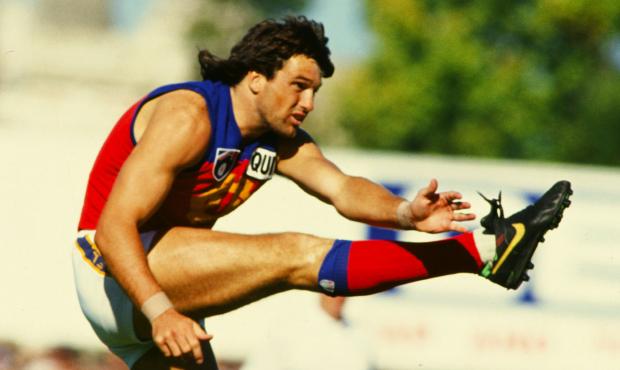
Alastair Lynch
Move: Fitzroy to Brisbane Bears, 1993
The godfather offer
Lynch was a backman in his early years, with his strength meaning he was rarely outmuscled by an opponent. He would shift to the forward line full-time in 1993 and was immediately successful, booting 68 goals. The Bears offered him an extraordinary 10-year, $2 million deal, despite already being 25. It was an offer that Lynch couldn't refuse.
How the move turned out
In the early days, it seemed the Bears had made a poor decision. Injuries restricted him to 13 games in his first season at his new club before chronic fatigue syndrome meant he played only one match in 1995. He would recover and help Brisbane (by now the Lions, after the merger with the Bears) win a three-peat of flags in 2001-03. He would even sign a one-year contract to play in 2004, booting 40 goals before retiring after a Grand Final loss. Perhaps the most amazing part was that his mega-contract ended up being a bargain for the Lions.
Lynch's mega-deal ended up a bargain for Brisbane. Picture: AFL Photos